|

February 23, 2024
By Aniebiet Inyang Ntui
Here's What Makes Toyota's
Water-cooled Hydrogen Combustion Engine Unique
- Hydrogen's clean emissions, quick refueling, and
high energy density make it a promising fuel for the
future of transportation.
- Toyota's innovative water-cooled hydrogen engine
addresses the heat challenge, optimizing performance
while reducing emissions.
- By embracing a multi-pronged approach, Toyota
paves the way for a sustainable future, balancing
EVs, hybrids,
and hydrogen fuel cell tech.
The
journey towards sustainable transportation is a winding road,
paved with diverse technologies and competing perspectives. In this
dynamic landscape, hydrogen has emerged as a promising contender,
captivating the imagination of automakers. Its clean-burning nature,
rapid refueling times, and high energy density offer alluring
advantages, but harnessing its full potential remains a complex
challenge.
Enter
Toyota, a pioneer
in hybrid
technology, with
its patent-pending water-cooled hydrogen combustion engine. This
innovation marks a bold departure from the dominant narrative of
electric vehicles, venturing into the uncharted territory of
high-performance, clean-burning hydrogen engines. By tackling the
inherent heat issue plaguing hydrogen combustion, Toyota's technology
unlocks new possibilities for a cleaner and more sustainable future.
Toyota Has A Cool Solution For The Heat
Challenge Of Hydrogen
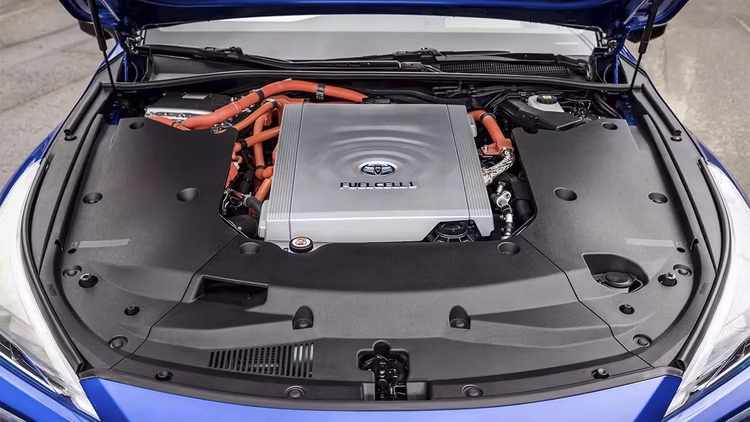
Hydrogen faces a fundamental hurdle in its
journey to widespread adoption: heat. Compared to
gasoline, hydrogen burns at a substantially higher temperature,
reaching peaks around 2,500°C. This intense heat, while offering
the potential for higher energy conversion efficiency, can wreak havoc
on engine components, impacting power output, durability, and
emissions.
Toyota's patent-pending water-cooled hydrogen engine centers on
tackling this heat challenge head-on by strategically injecting water
into the combustion chambers. But it's not just any water injection;
it's a controlled system featuring valves positioned at the heart of
the action – the intake ports of each cylinder. These valves act as
the gatekeepers, precisely regulating the timing and quantity of water
entering the cylinder.
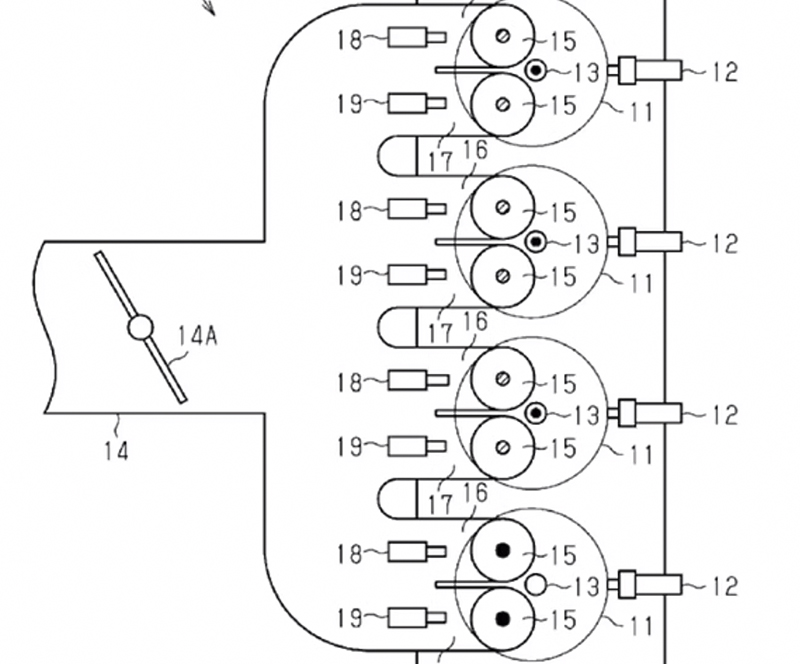
But, the story doesn't end with simply
injecting water. The timing of this injection plays a crucial role in
its effectiveness.
Toyota's design incorporates dual injection timing, allowing water
to be introduced either as the intake valve opens or closes. This
adaptability is key, as different engine operating conditions demand
unique cooling strategies. Think of it this way: during
high-performance situations, where temperatures soar, injecting water
as the valve opens creates an immediate cooling effect.
Conversely, for more moderate driving
conditions, injecting water as the valve closes allows for more
controlled and gradual cooling, conserving water and optimizing
efficiency. This dual-timing capability empowers the engine to
dynamically adjust its cooling strategy, dancing to the rhythm of your
driving demands.
Evaporation For Efficient Engine Cooling
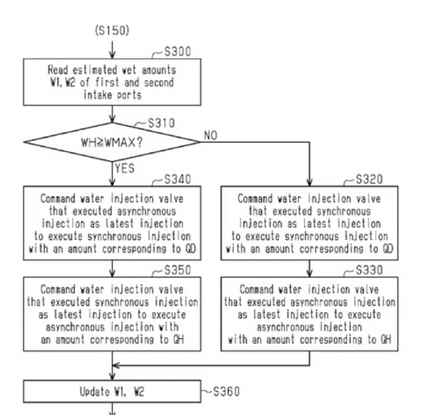 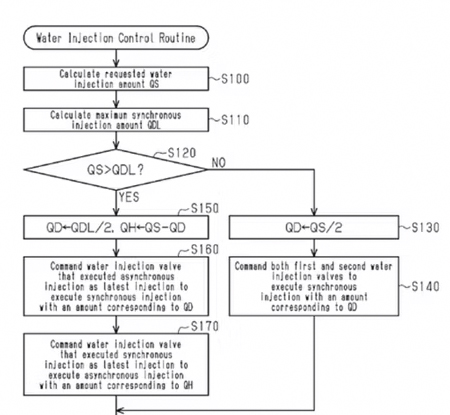
While water offers a welcome cooling effect,
excessive amounts can disrupt the delicate balance within the engine.
This is where
the patent delves into the intricate dance of evaporation management.
The key here lies in injecting small water droplets. These tiny
droplets have a larger surface area, allowing them to rapidly
evaporate within the cylinder, absorbing heat and transforming into
steam. This steam then exits the engine, carrying away the excess heat
without impacting combustion or lubrication.
Imagine these droplets as miniature heat
sponges, soaking up the thermal energy before disappearing like wisps
of smoke. This meticulous control over droplet size and evaporation
ensures that the water does its job effectively without throwing the
engine's internal ecosystem into disarray.
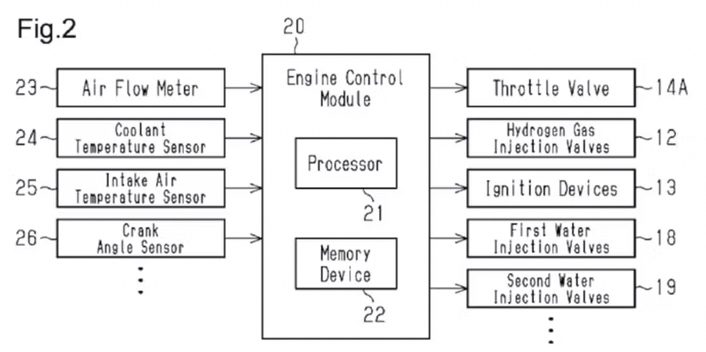
But even the most sophisticated valves and
timing mechanisms require a coach to bring them together. Enter the
engine control unit (ECU), the mastermind behind the entire operation.
It acts as the brain of the engine, constantly monitoring vital
parameters like temperature, pressure, and engine speed. Armed with
this real-time data, the ECU dynamically adjusts the water injection
parameters, ensuring the engine operates within its optimal thermal
range.
Think of the ECU as a conductor overseeing a
vast orchestra. It gathers information from various sensors, analyzes
it in real-time, and then issues precise instructions to the water
injection valves. This constant feedback loop ensures that the engine
receives the exact amount of cooling it needs at any given moment,
maximizing performance and efficiency while safeguarding its
longevity.
Toyota Will Be Using It For Diverse Purposes
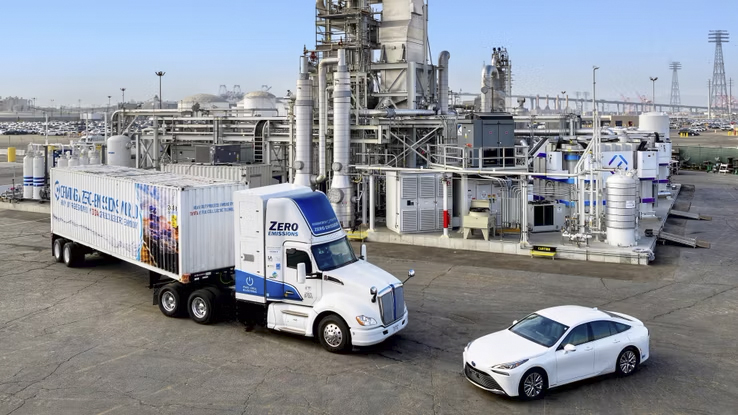
While Toyota's water-cooled hydrogen combustion
engine has garnered significant attention, it's just one piece of a
much larger puzzle: the automaker's ongoing commitment to developing
advanced hydrogen technologies. The 1.6-liter turbocharged engine
powering
the Corolla Cross H2 concept might seem modest, but its lineage
suggests otherwise.
Adapted from the
GR Corolla H2 race car, it has proven its capabilities in the
demanding arenas of endurance and rally racing. This race-tested
pedigree offers assurances of durability and performance, even in a
smaller, everyday package. Recognizing the need for diverse
applications, Toyota is venturing beyond compact engines. In
partnership
with Yamaha, Toyota developed a larger 5.0-liter V-8 hydrogen engine.
The V-8, targeting 444 horsepower, aims to bring exhilarating
performance to the hydrogen realm. Also, the
HiAce and Hilux prototypes showcase a hydrogen-powered alternative
in the commercial vehicle segment.
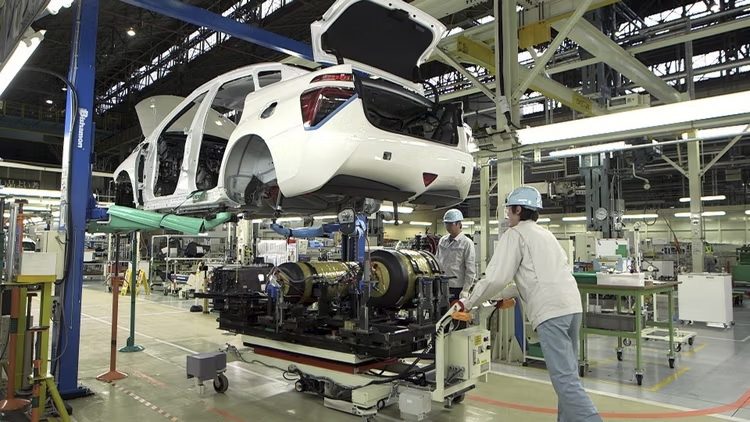
One of the key advantages of Toyota's
approach to hydrogen combustion engines lies in
its strategic utilization of existing hydrogen technology.
This savvy move allows them to build upon a strong foundation
established through years of pioneering work on hydrogen-powered
vehicles. By leveraging pre-existing systems and knowledge,
Toyota aims to expedite the development process, minimize
potential hiccups, and deliver a more refined hydrogen
experience from the get-go.
A prime example of this approach is the
adoption of the
Mirai's hydrogen packaging system for the hydrogen powered Cross
concept. The Toyota Mirai's system has already proven its mettle,
delivering an impressive 400 miles of range in real-world conditions.
By incorporating this well-tested and reliable setup, Toyota can
confidently offer comparable range figures for the Cross concept
without venturing into untested territory. This also ensures that the
hydrogen internal combustion engine (HICE) vehicle doesn't compromise
on passenger and cargo space compared to its traditionally fueled
counterpart, the Corolla Cross.
A Promising Yet Complex Fuel For Vehicles
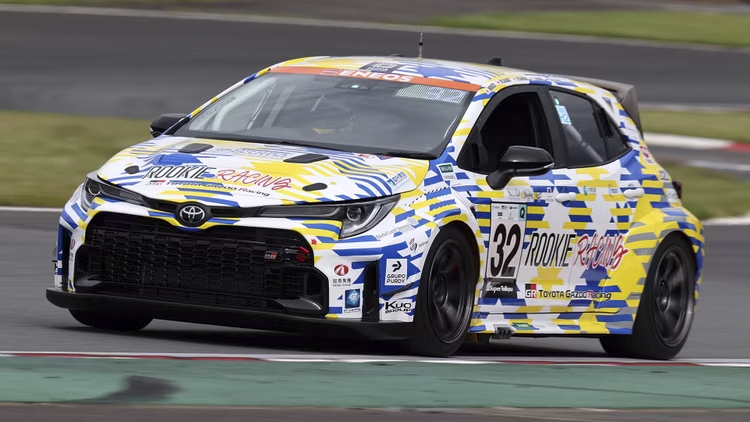
Hydrogen's
potential as a clean and efficient fuel for transportation is
undeniable. Its clean emissions, rapid refueling, and high energy
density make it an attractive alternative to fossil fuels. However,
challenges in infrastructure, production, and perception create an
uphill battle for widespread adoption.
- Environmental Champion:
Hydrogen shines in the environmental arena. Its combustion with
oxygen produces only water vapor, eliminating harmful tailpipe
emissions like those from gasoline and diesel engines. This aligns
perfectly with global efforts to combat climate change and reduce
air pollution.
- Speed Demon At The Pump:
Unlike battery-electric vehicles (BEVs) that require lengthy
charging times,
hydrogen fuel cell electric vehicles (FCVs) boast rapid refueling,
taking mere minutes. This convenience factor caters to drivers
accustomed to the gas station routine and could ease anxiety about
range limitations.
- Energy Density Powerhouse:
Hydrogen packs a punch in terms of energy density. This
translates to longer driving ranges on a single tank, potentially
exceeding the capabilities of current BEVs. This advantage becomes
especially crucial for long-distance travel and commercial
applications like trucks and buses.
Challenges On The Road To Mass Adoption
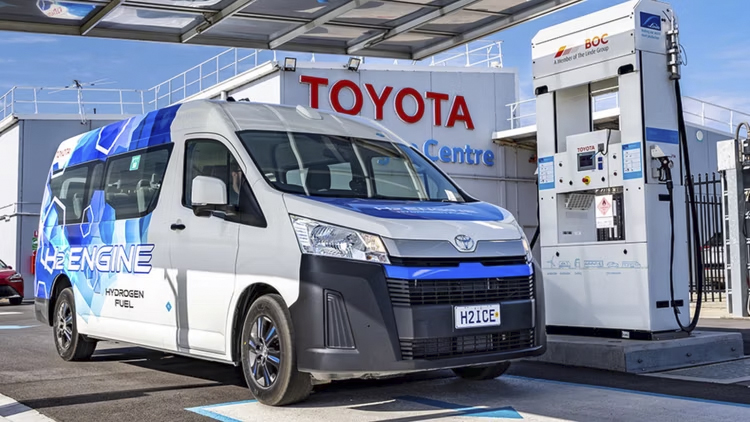
Despite its promise, several
hurdles impede hydrogen's widespread adoption. The limited network of
hydrogen refueling stations poses a significant barrier. This lack of
infrastructure creates a "chicken-or-egg" scenario, discouraging
investment in FCVs due to limited fueling options, and vice versa.
Furthermore, most hydrogen production currently relies on fossil fuels
through steam methane reforming, negating its environmental benefits.
Cleaner methods like electrolysis using renewable energy exist, but
they are less cost-effective and require substantial investment in
renewable infrastructure. Finally, safety concerns associated with
hydrogen's flammability necessitate stringent regulations and safety
measures for FCVs.
Balancing The Trio Of EVs, Hybrids, And Hydrogen
Toyota future EV concept models stationary
Toyota
Car manufacturers navigate a complex landscape when choosing which
technologies to champion. Toyota, a pioneer in hybrid technology,
finds itself under scrutiny for its perceived slow adoption of pure
electric vehicles. However, recent investments and announcements are
in line with its multi-pronged approach.
The $1.3 billion investment in its Kentucky electric SUV factory and
plans to launch 30 new BEVs by 2030 demonstrate a commitment to
electrification. Nevertheless, they maintain a measured approach,
acknowledging limitations in battery technology and infrastructure
alongside consumer demand. This balanced strategy suggests that Toyota
envisions a future where EVs, hybrids, and hydrogen fuel cell
technology coexist, each catering to specific needs and contributing
to carbon neutrality.
Balancing The Trio Of EVs, Hybrids, And Hydrogen

Car manufacturers navigate a complex landscape
when choosing which technologies to champion. Toyota, a pioneer in
hybrid technology, finds itself under scrutiny for its perceived slow
adoption of pure electric vehicles. However, recent investments and
announcements are in line
with its multi-pronged approach.
The $1.3 billion investment in its Kentucky
electric SUV factory and plans to launch 30 new BEVs by 2030
demonstrate a commitment to electrification. Nevertheless, they
maintain a
measured approach, acknowledging limitations in battery technology and
infrastructure alongside consumer demand. This balanced strategy
suggests that Toyota envisions a future where EVs, hybrids, and
hydrogen fuel cell technology coexist, each catering to specific needs
and contributing to carbon neutrality.
Green Play Ammonia™, Yielder® NFuel Energy.
Spokane, Washington. 99212
509 995 1879
Cell, Pacific Time Zone.
General office:
509-254
6854
4501 East Trent
Ave.
Spokane, WA 99212
|